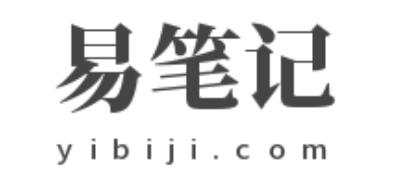1.单参数
functioncheng(a=3){
returna*a;
}
letcheng=(a=3)=>a*a;
console.log(cheng(9));
2.多参数
functionadd(a,b){
returna+b;
}
letadd=(a,b)=>a+b;//默认返回值
console.log(add(3,9));
3.无返回值
functionadd(a,b){
console.log(a+b);
}
letadd=(a,b)=>{console.log(a+b)};
console.log(add(3,9));
4.多行
functionadd(a,b){
console.log(a+b);
returna+b;
}
letadd=(a,b)=>{
console.log(a+b);
returna+b;
};
console.log(add(3,9));
2.如果箭头表达式仅仅就是简化了函数的命名,我们为什么要改变原来的习惯而去使用它呢?
箭头函数内部没有constructor方法,也没有prototype,所以不支持new操作。但是它对this的处理与一般的普通函数不一样。箭头函数的this始终指向函数定义时的this,而非执行时。
varo={
x:1,
func:function(){console.log(this.x)},
test:function(){
setTimeout(function(){
alert(this);//this指针转为全局
this.func();
},1000);
}
};
o.test();//TypeError:this.funcisnotafunction
//----改为箭头函数
varo={
x:1,
func:function(){console.log(this.x)},
test:function(){
setTimeout(()=>{this.func()},100);
}
};
o.test();//这回this就指向o了
































